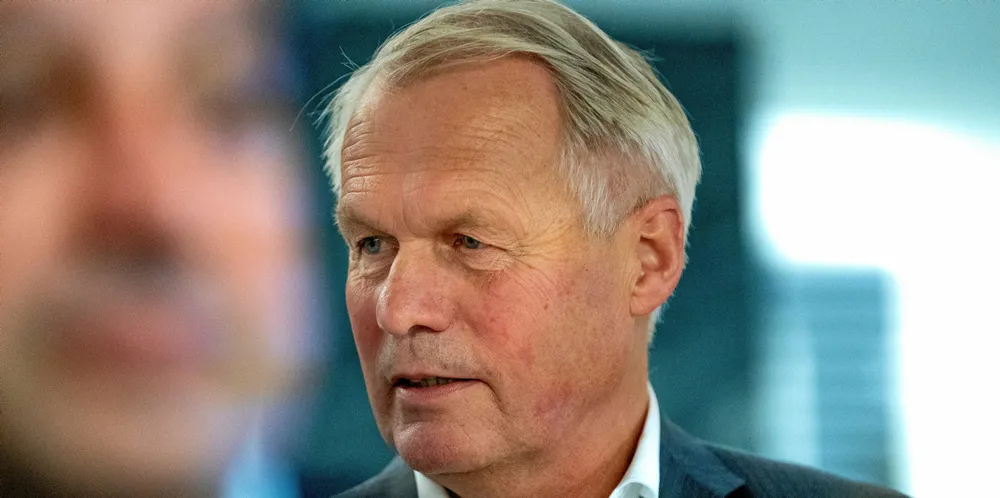Sea lice are here to stay, founder of the world's second largest salmon farmer tells investors
SalMar founder Gustav Witzoe says politicians have a utopian vision of the salmon industry ridding itself of sea lice, which simply isn't possible. Or necessary.
